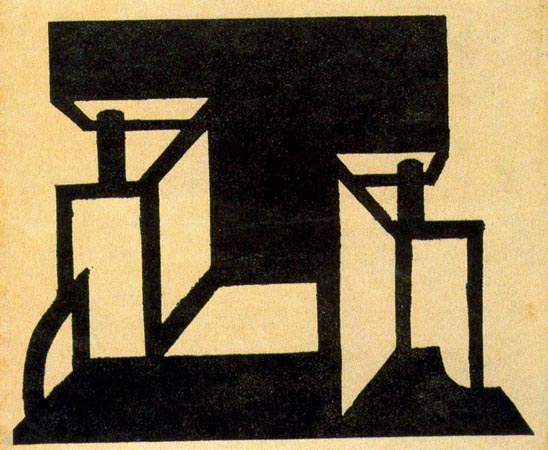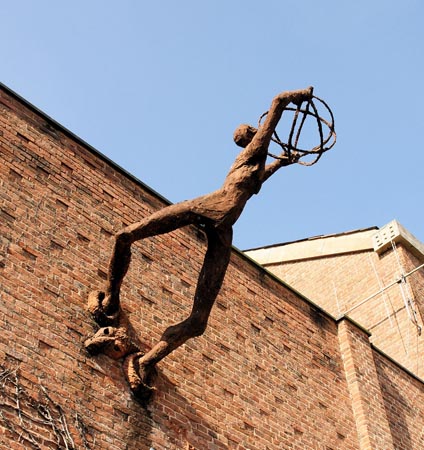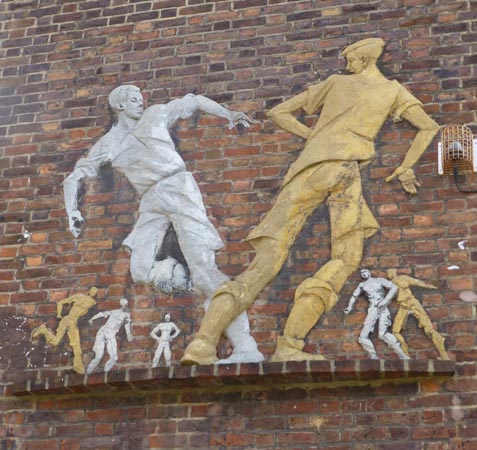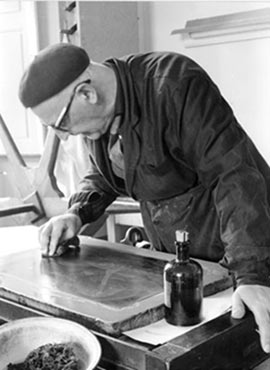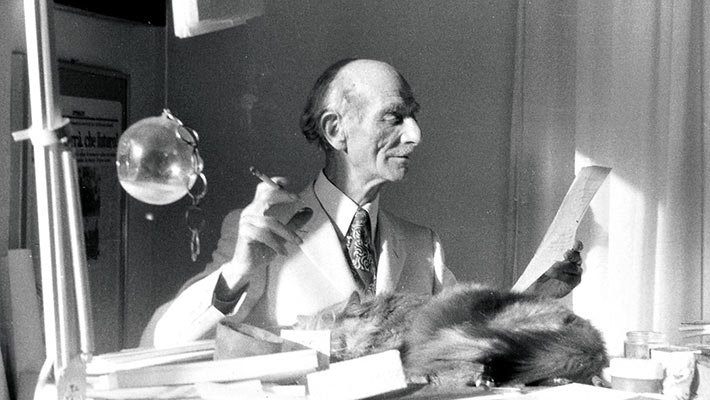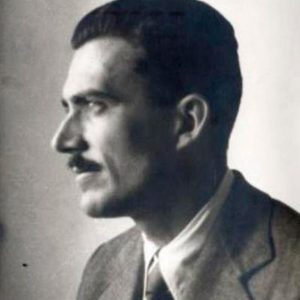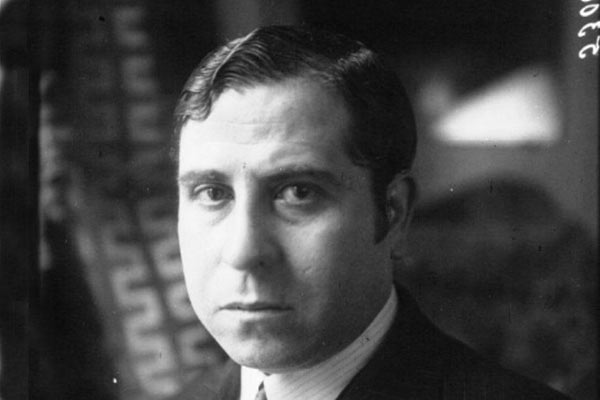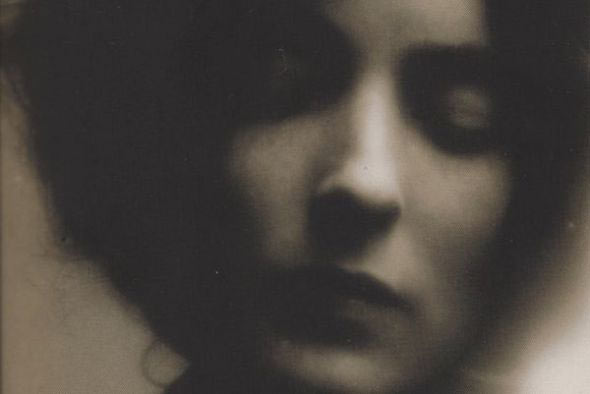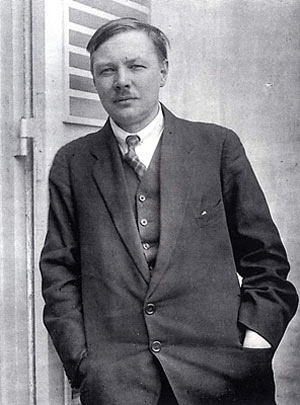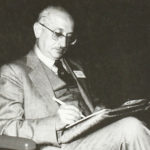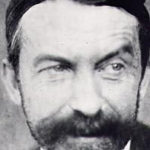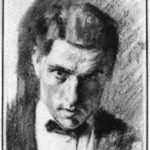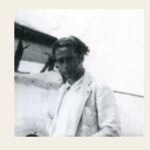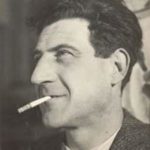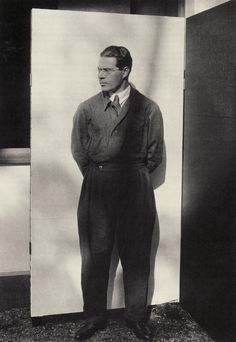
Peter Laszlo Peri
(English)
Ladislas Weisz was born June 13, 1899 in Budapest, Hungary. Antisemitism caused his family to change their name to the more Hungarian “Péri”. When he moved to Germany, he was known as Laszlo Péri. After he moved to England, he adopted the name “Peter Peri”. His grandson, born in 1971, an artist, also has the name Peter Peri.
Career
In Berlin, he joined the Der Sturm group of artists and in 1922, exhibited Constructivist sculpture in a joint show with Laszlo Moholy-Nagy. He worked in an architectural office from 1924 to 1927, with a view to qualifying as an architect. He returned to sculpture in 1928, but in a realist style.
In 1935, he and his wife moved to Hampstead in London. In 1939, he became a British citizen and took the name “Peter Peri”. He made etchings and continued to work in sculpture, producing groups of small figures, usually engaged in co-operative ventures. Many public buildings were adorned with his work. When the Herbert Art Gallery & Museum opened in 1960, Peri was commissioned to “represent the life and activities [of Coventry] in modern terms and materials”; the work is known simply as The Coventry sculpture
Peri joined the Quaker faith and produced a small bronze sculpture of a Quaker Meeting, much loved by the students of Woodbrooke Study Centre , Birmingham, where it is now located .
He died January 19, 1967.
(Spanish)
Budapest 1899 – Londres 1967, fue un artista húngaro relacionado con la vanguardia de su país.
Nacido en Budapest el 13 de junio de 1899 como Ladislas Weisz, su familia se vio obligada a cambiar su apellido por el de “Péri”, como consecuencia del antisemitismo, pues eran judíos.
Durante su juventud, trabajó como aprendiz de albañil en su ciudad natal. Además, entró en contacto con MA y los MA-ists y participó en el taller de teatro del grupo que dirigía János Mácza. En esa misma ciudad inició estudios de arquitectura.
En 1919 abandonó sus estudios y emigró a París, y, expulsado de la capital francesa como consecuencia de su actividad política, se trasladó en un primer momento a Viena, donde residió durante poco tiempo, y seguidamente a Berlín, ciduad en la que se presentó en sociedad como László Péri y donde conoció y entabló amistad con László Moholy-Nagy y Alfréd Kemény. En los años veinte era miembro activo de Der Sturm, exponiendo en la galería y publicando sus obras en la revista de este colectivo, mostrando una escultura constructivista. Paralelamente, publicó un álbum de linograbados en 1922.
Desde 1924 a 1928 trabajó en un estudio de arquitectura, con el fin de obtener el título de arquitecto. Asimismo, representó un papel activo en grupos artísticos comunistas.
A partir de 1928 dejó de lado la abstracción y se orientó hacia la escultura realista. En 1933 se instaló en Hamsptead, Londres, donde adoptó el nombre de Peter Péri y donde obtuvo la nacionalidad inglesa. En Inglaterra creó numerosos relieves figurativos para edificios públicos.

